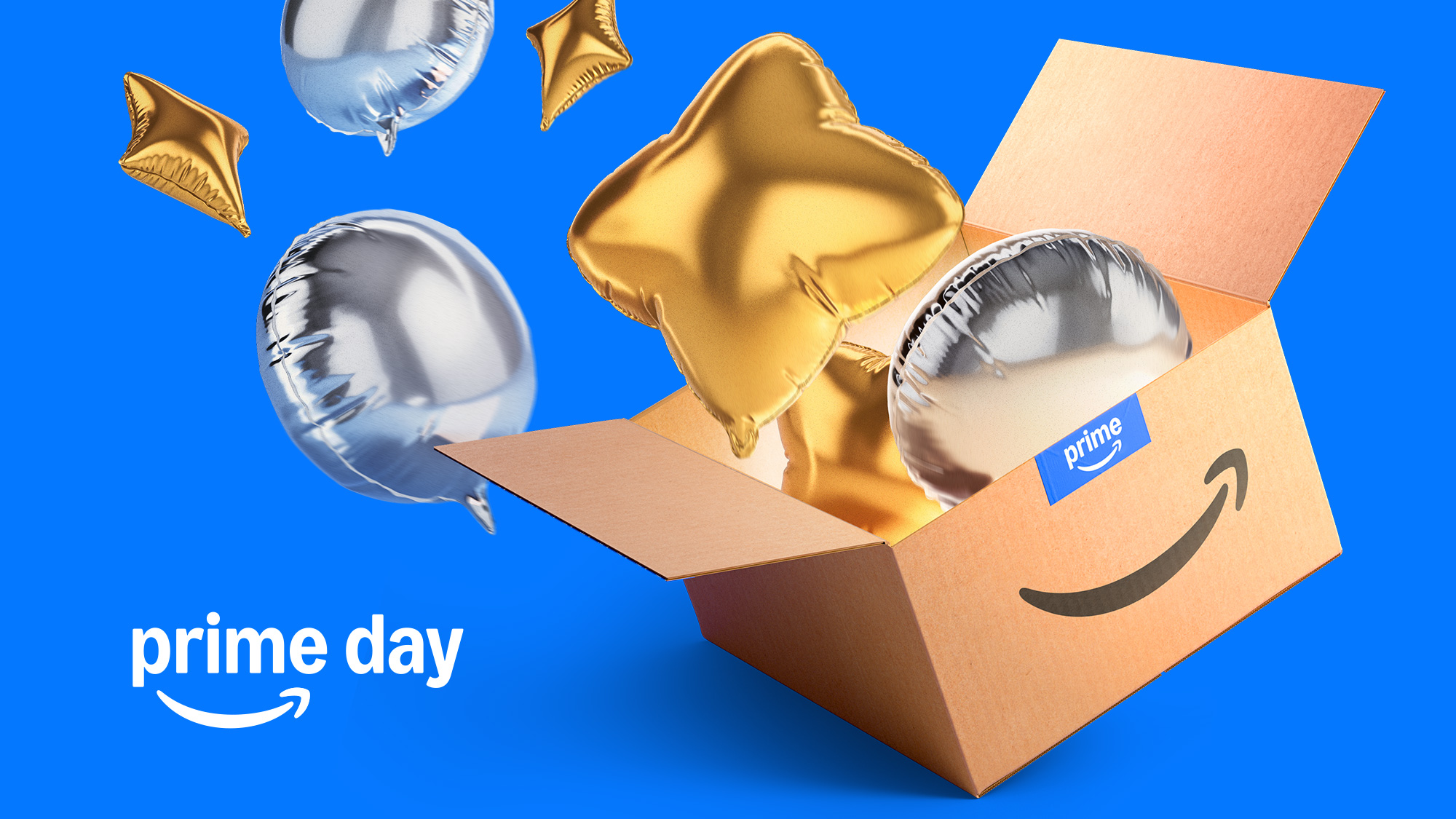Generative AI drives 3,300% surge in U.S. retail traffic during Amazon Prime Day
However, the channel still accounts for a much smaller share of total traffic compared to paid search

Get Smarter at Marketing
Amazon’s extended four-day Prime Day event this year sparked a huge rise in traffic from generative AI tools. According to TechCrunch, data from Adobe Analytics reported a 3,300% year-over-year increase in visits to U.S. retail sites driven by GenAI, such as AI chatbots and AI-powered browsers, during the event. This increase significantly surpassed Adobe’s forecasts, suggesting that more shoppers are now using AI tools to help find and compare deals.
Despite the spike, generative AI is still far from overtaking other digital marketing channels. According to Adobe, paid search remained the biggest traffic driver, accounting for 28.5% of U.S. e-commerce sales during Prime Day. That’s a 5.6% increase compared to last year. Email also held steady as a major traffic source.
The GenAI bump shows that AI-powered assistance is gaining traction. AI-powered discovery tools may become a bigger player, especially as tech platforms like Google, Microsoft, and Meta begin to integrate retail-focused GenAI into search, browsers, and mobile shopping experiences.
Google now uses GenAI to generate shopping guides, product summaries, and comparisons in search results. Its AI-powered tools in Google Shopping include virtual try-ons and AI-driven recommendations. Microsoft has also integrated Copilot into Bing Search and its Edge browser, allowing users to perform product discovery, price tracking, and summarizing reviews.
Retailers saw two Black Fridays' worth of sales during Prime Day
Another standout performer this year was influencer marketing. Amazon's Prime Day sales event generated $24.1 billion in online spending for U.S. retailers, according to the report. That’s a 30.3% jump from last year and effectively doubled what the industry saw during Black Friday 2024, which brought in $10.8 billion. Adobe had initially forecast $23.8 billion for the event, which makes the actual spend slightly higher than expected.
Influencers drove more effective conversions than general social media
According to Adobe, influencers were responsible for 19.9% of U.S. retail sales during the event. That’s a 15% increase from last year.
The data shows that creators are moving products more effectively than social posts from brands or paid ads alone. Adobe noted that influencers converted shoppers 10 times more efficiently than general social media.
The data further underscores the growing importance of creator-led commerce. Creators who build trust with their audience are becoming high-performing commerce partners. Brands that invested in authentic, creator-led content during Prime Day were more likely to see higher conversions than those relying solely on generic social ads.
As short-form video platforms like TikTok continue to influence buying behavior, marketers may want to double down on affiliate-driven strategies and product demos through influencers that align with their brand voice.
Appliances and electronics topped the category growth
Adobe reported the strongest growth in appliances, which were up 112% in online sales compared to average June levels. Office supplies jumped 105%, while electronics climbed 95%. Other notable growth areas included:
- Books: up 81%
- Tools and home improvement: up 76%
- Home and garden: up 58%
- Baby and toddler products: up 55%
This category data is valuable for retail advertisers as it shows where shoppers are leaning and which categories may yield higher returns during future events.
%20(1).png)
in the world of marketing:
